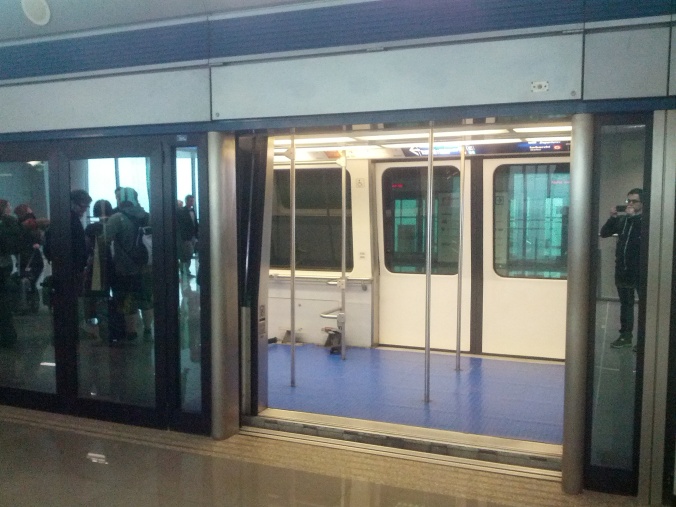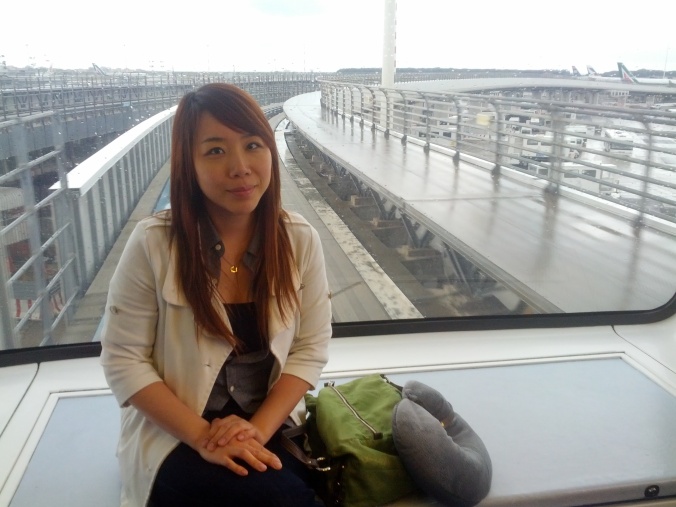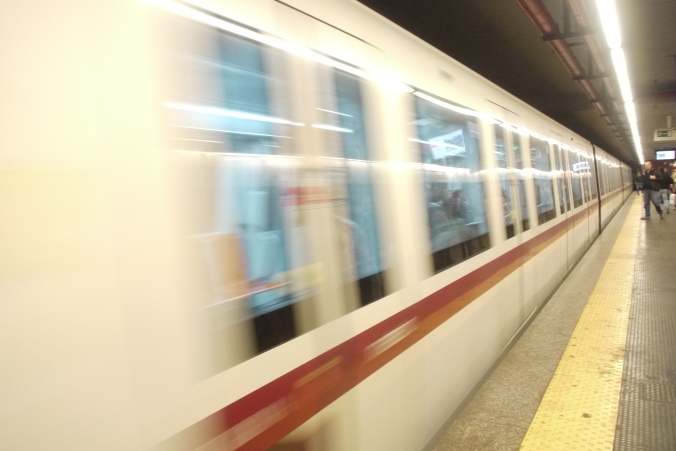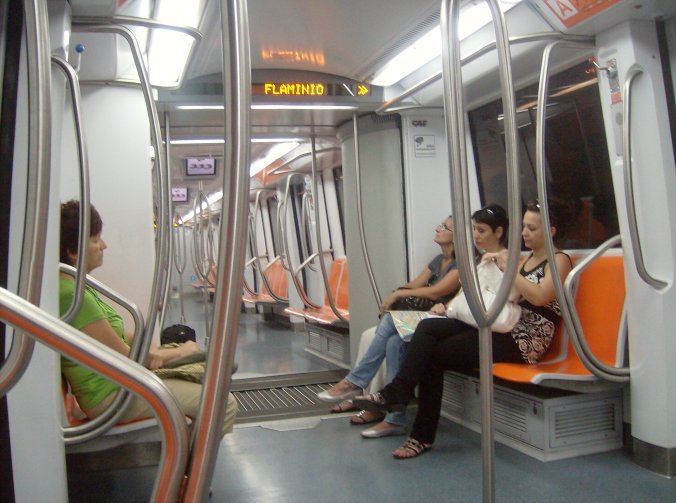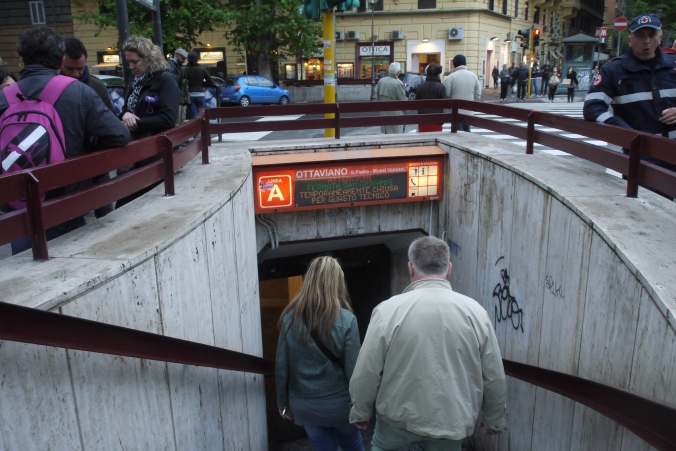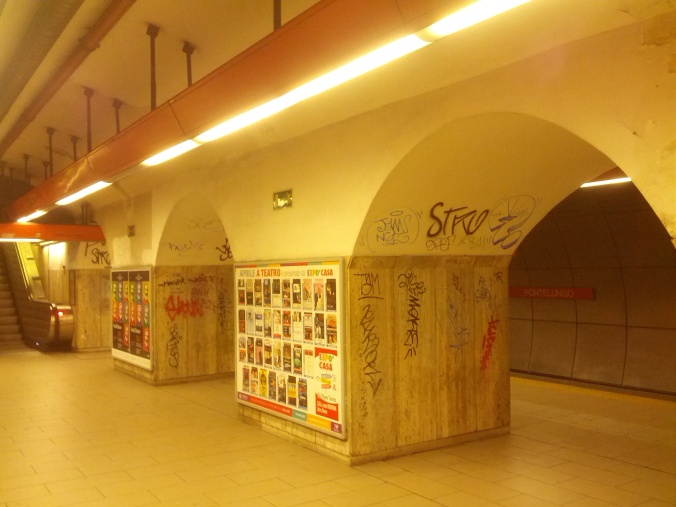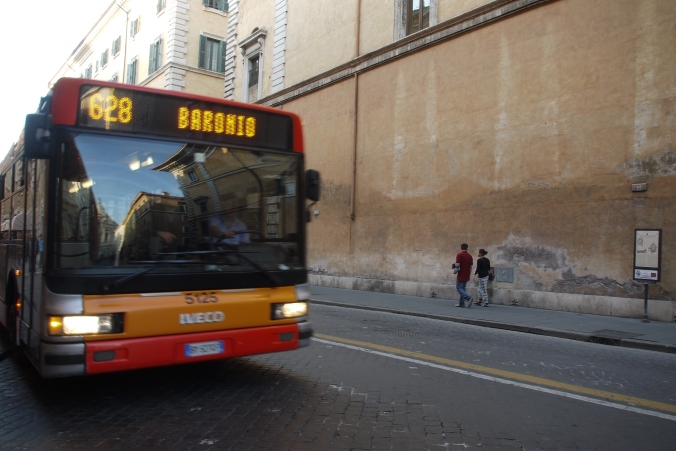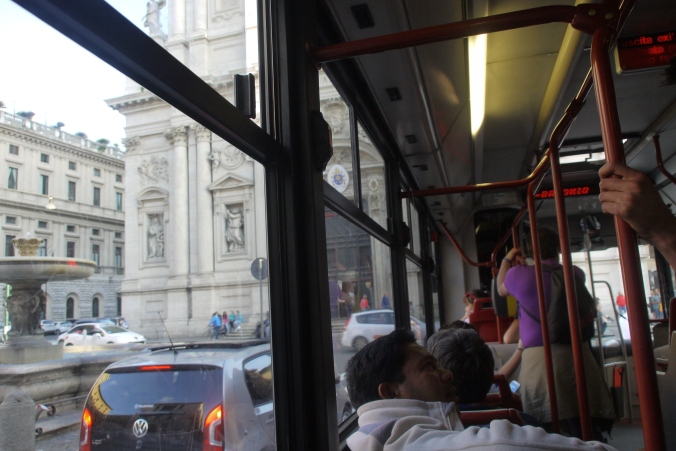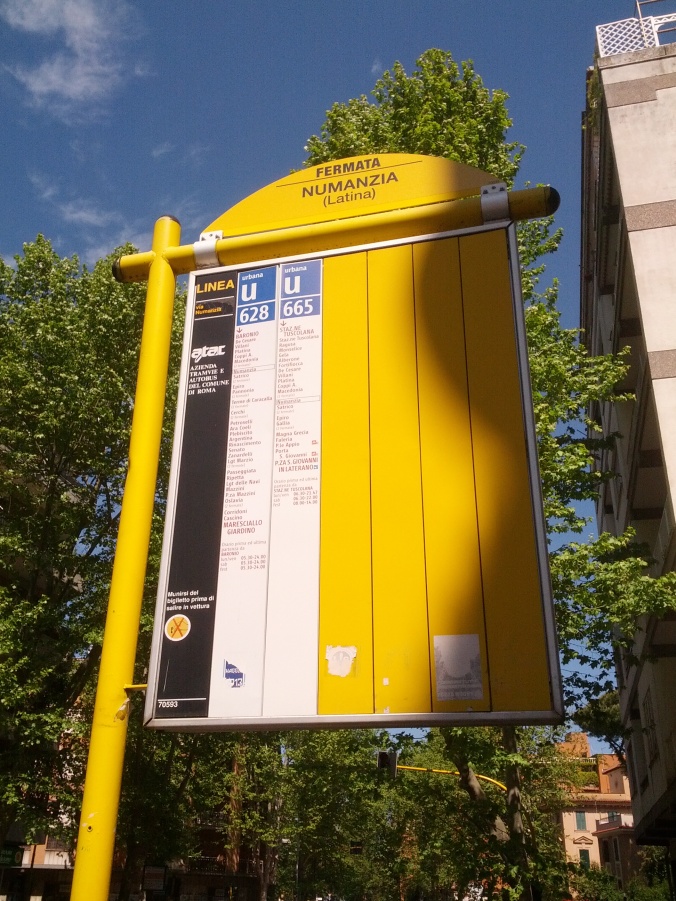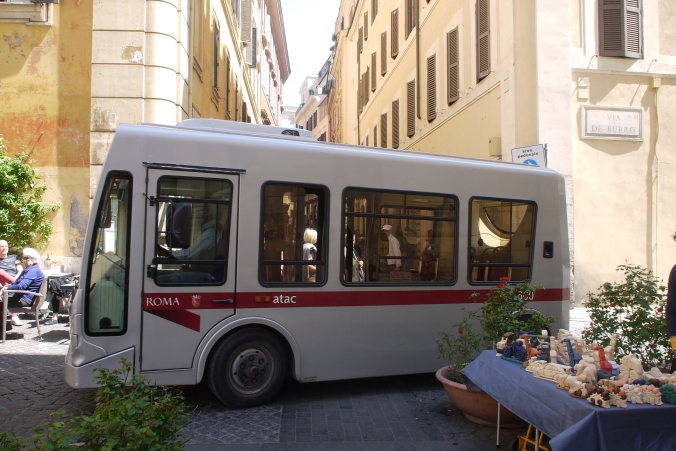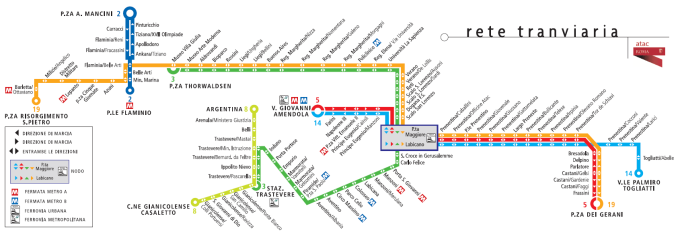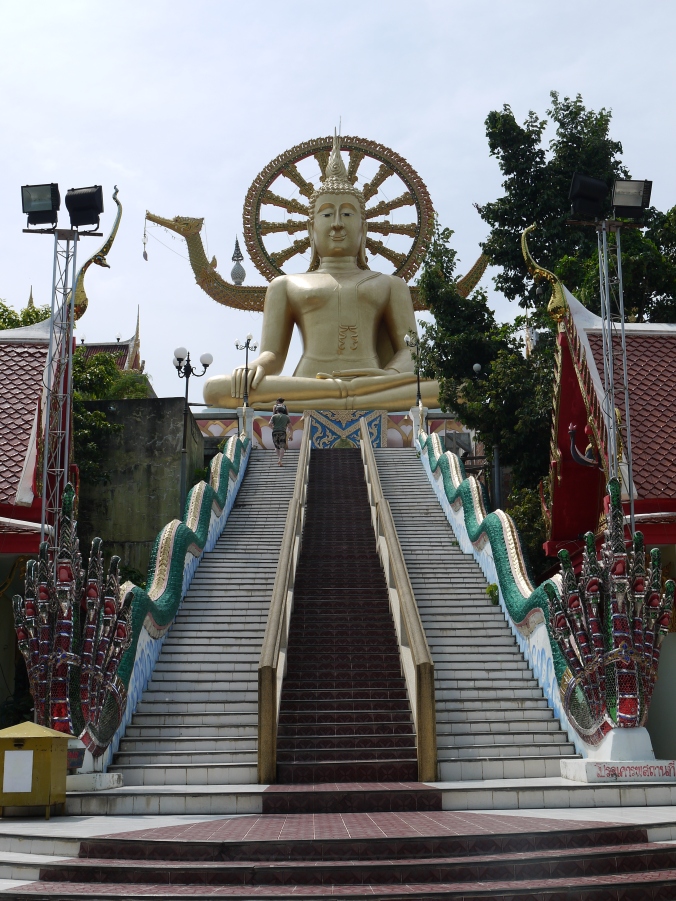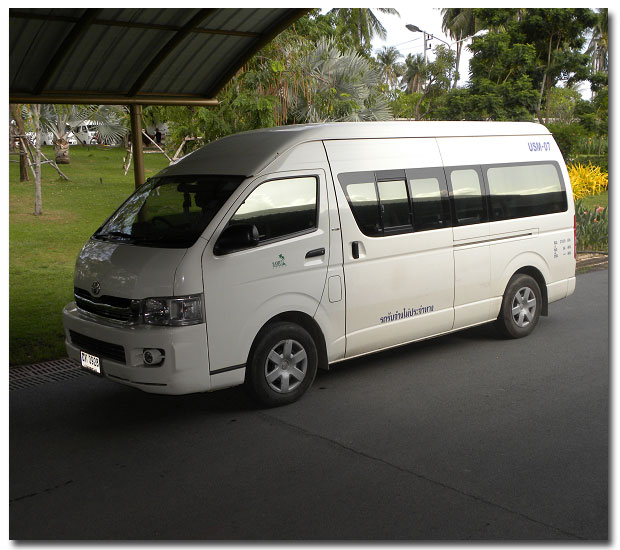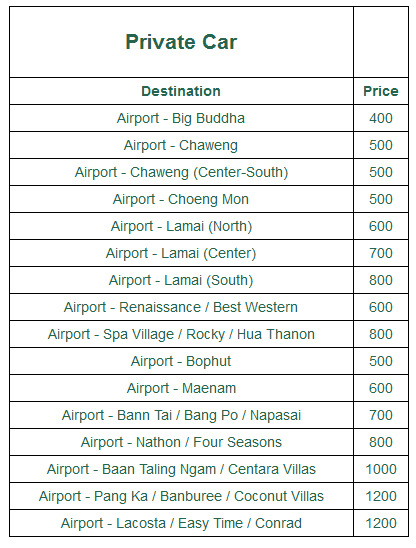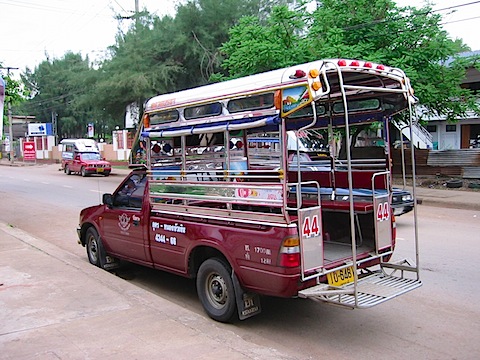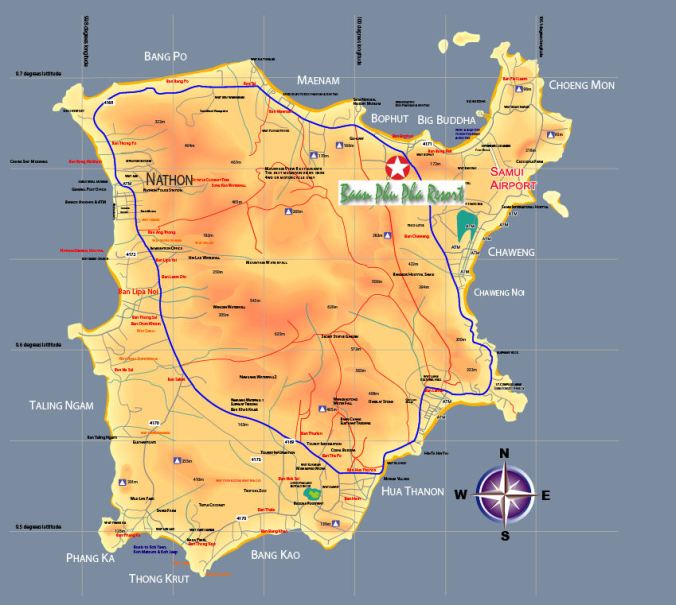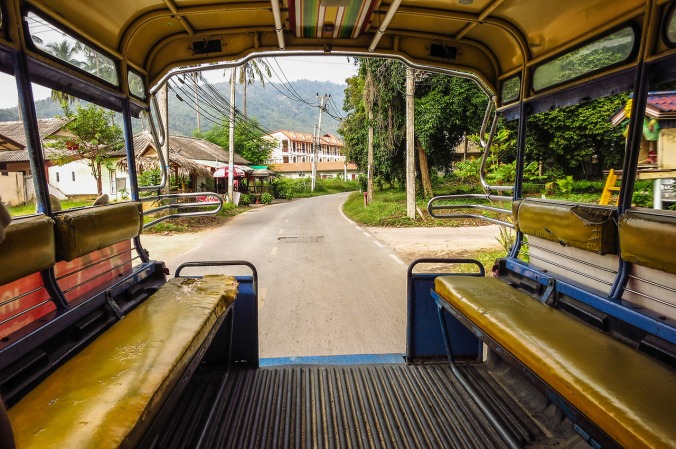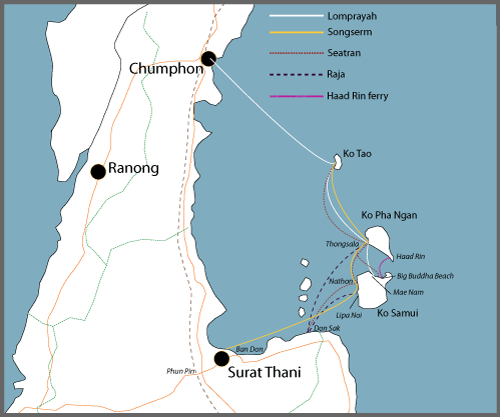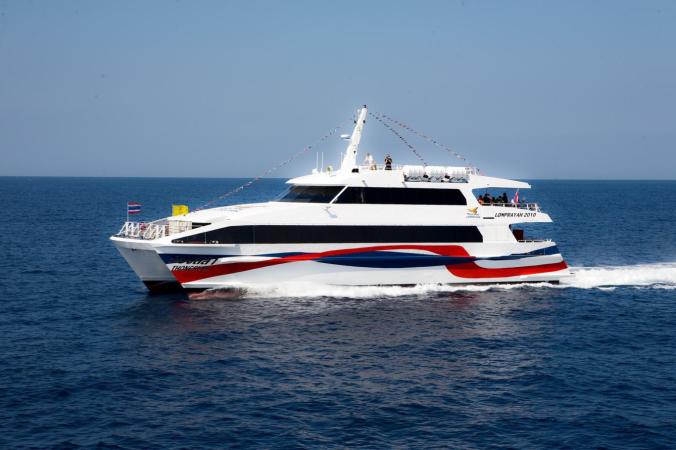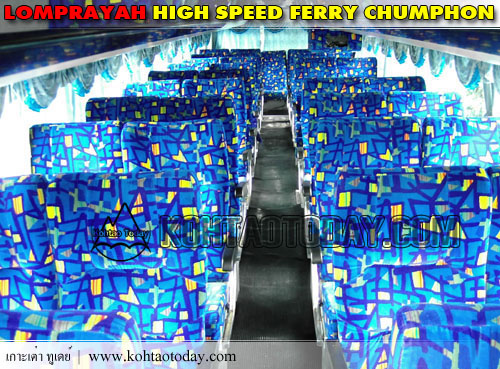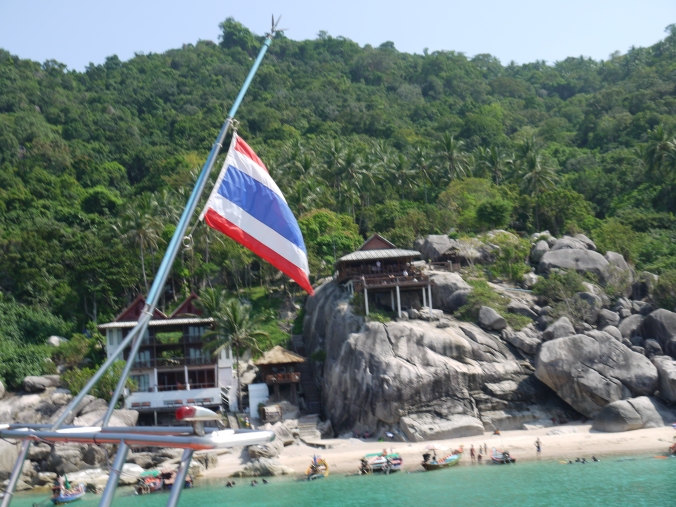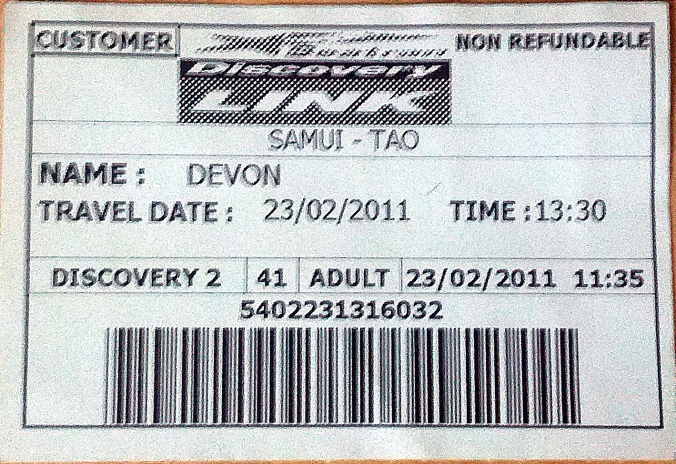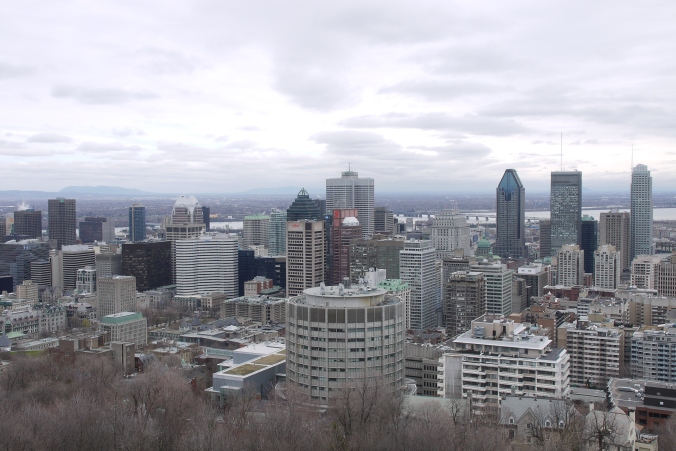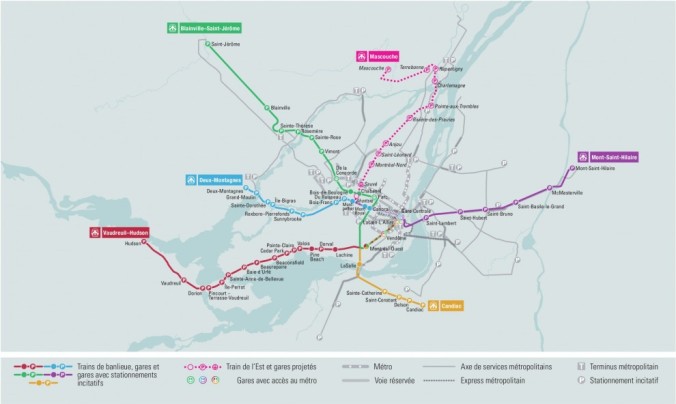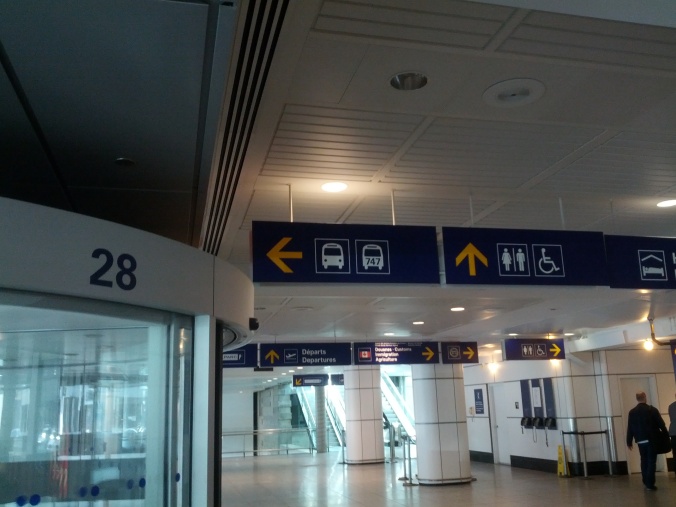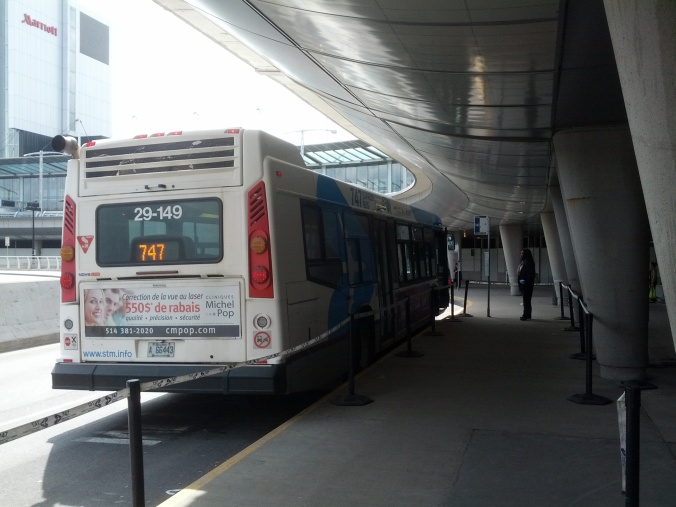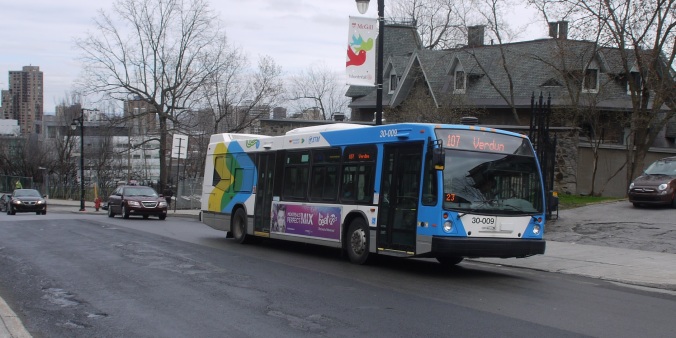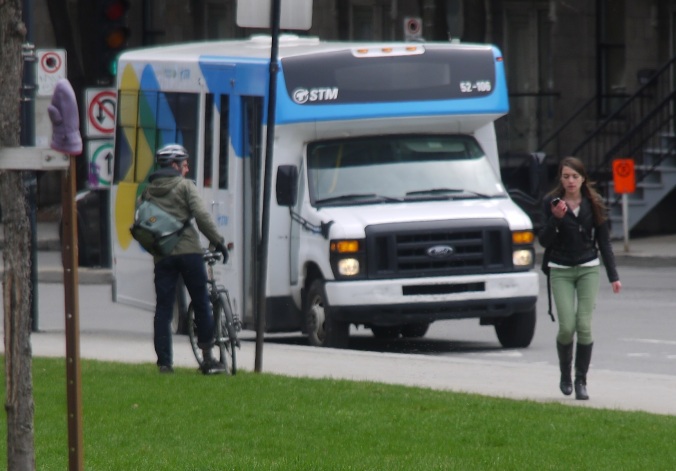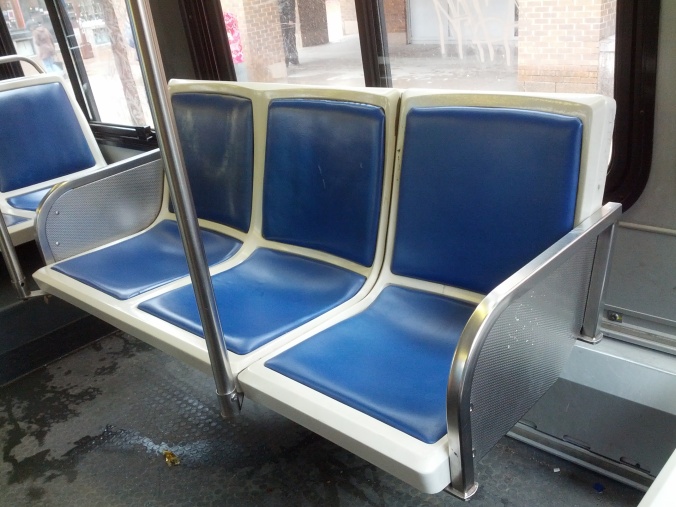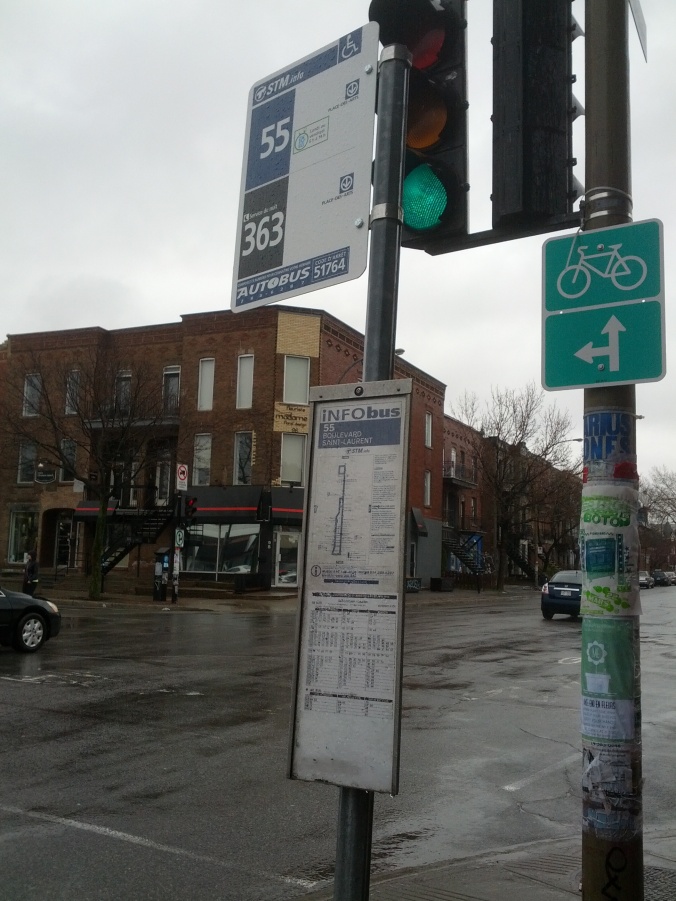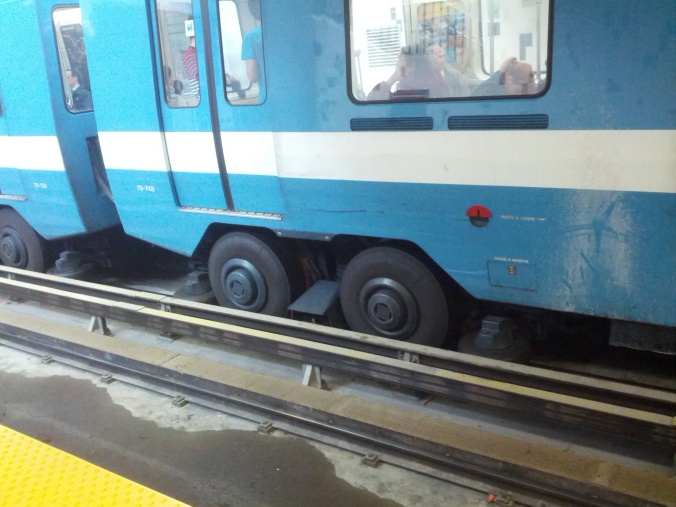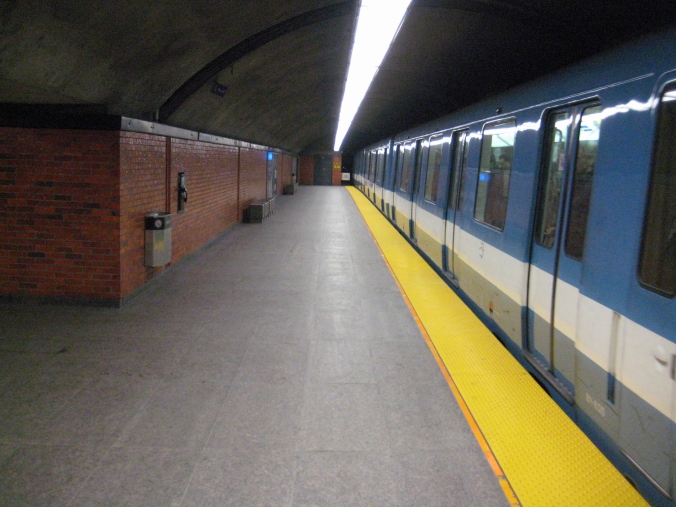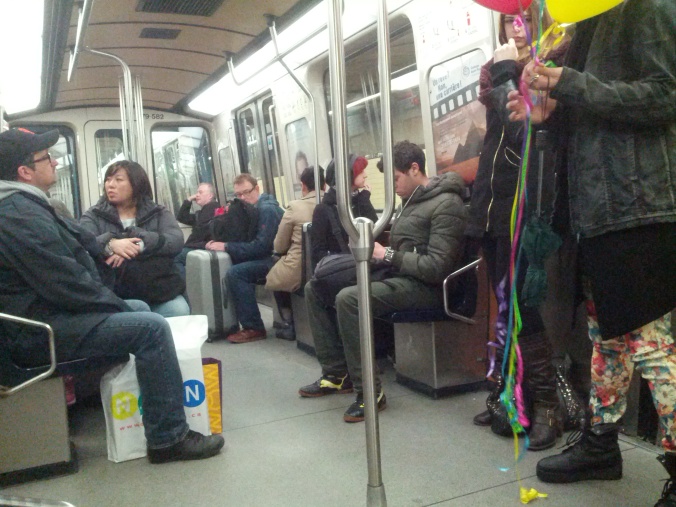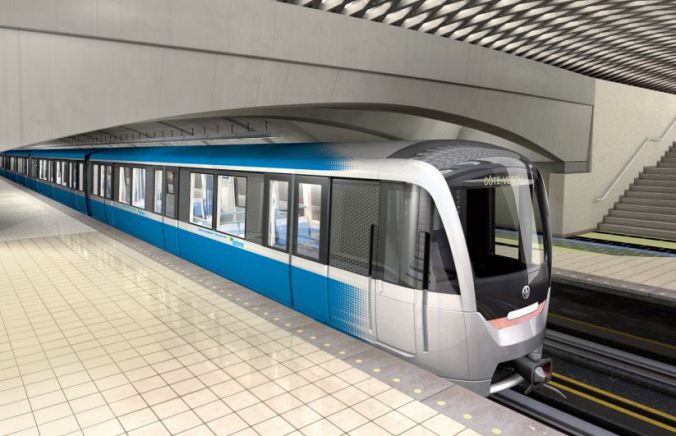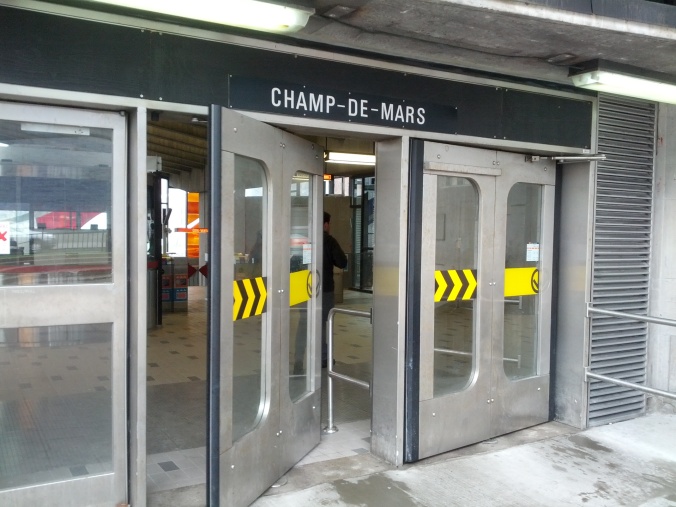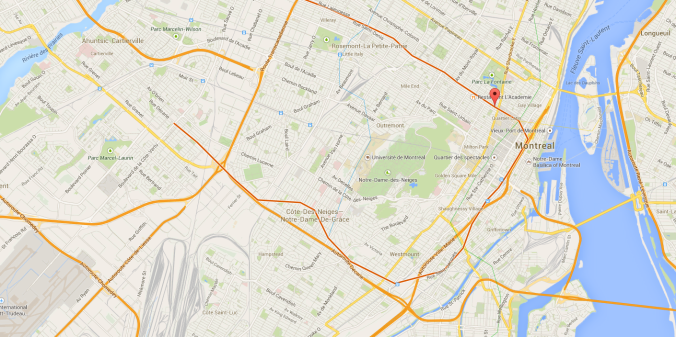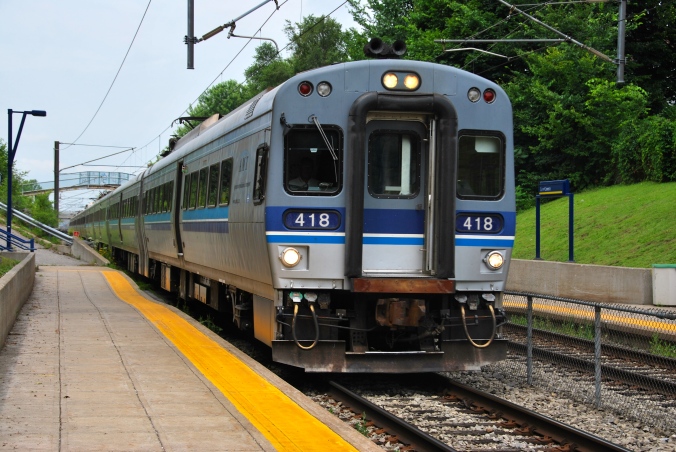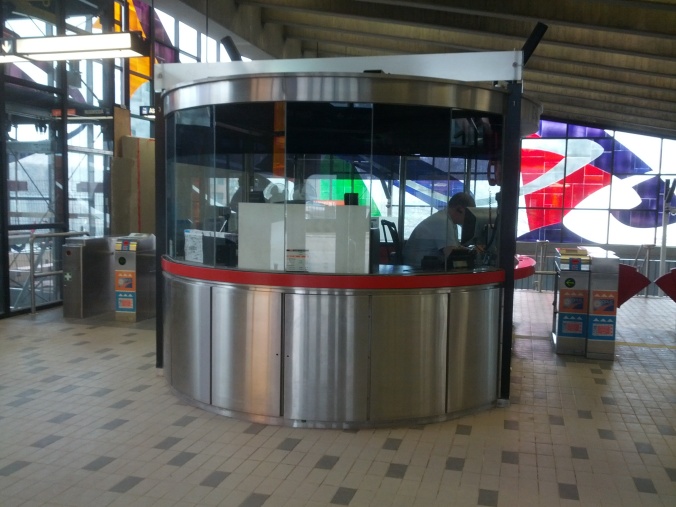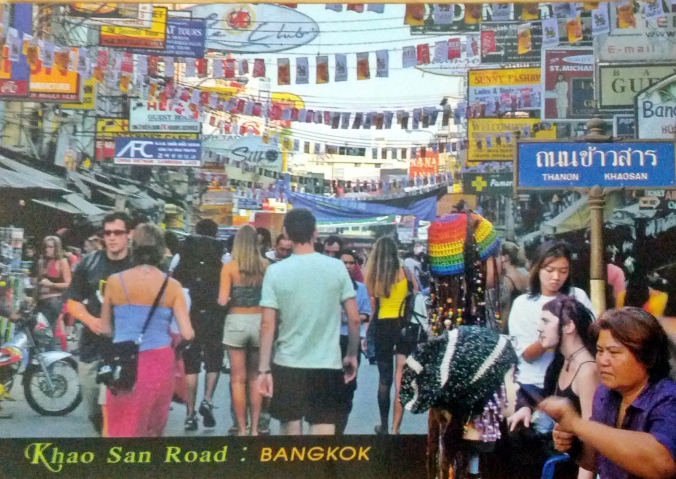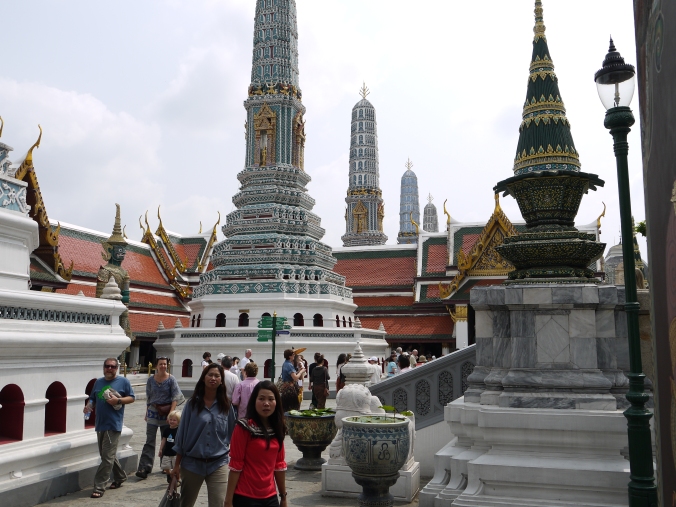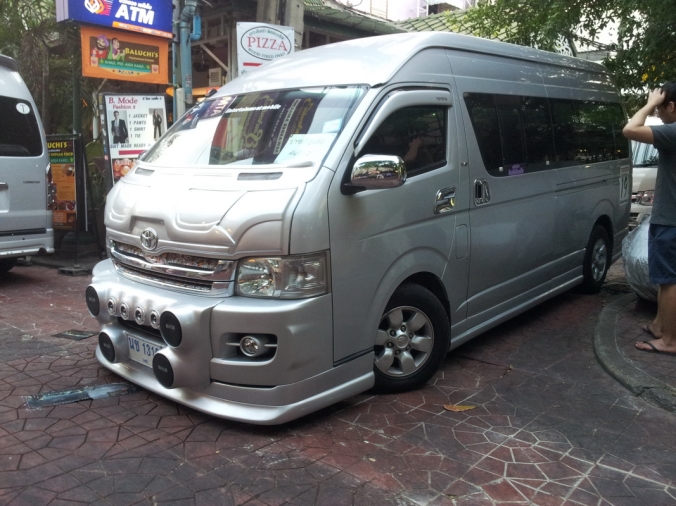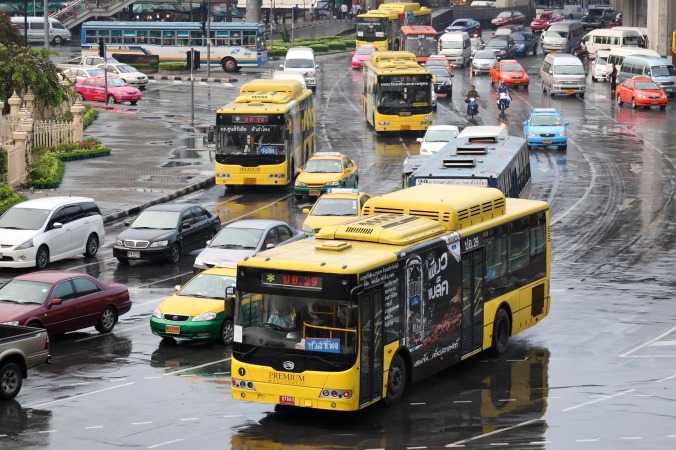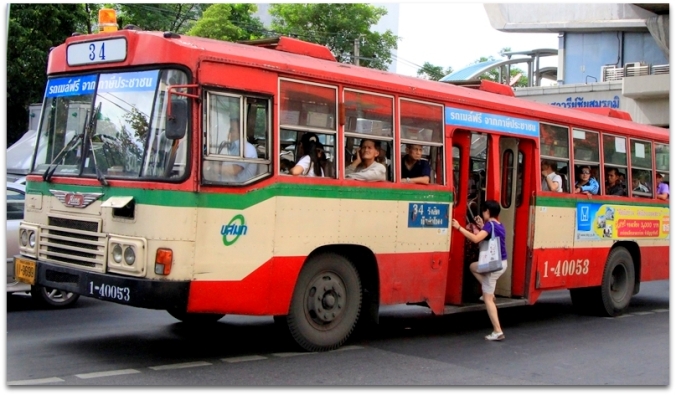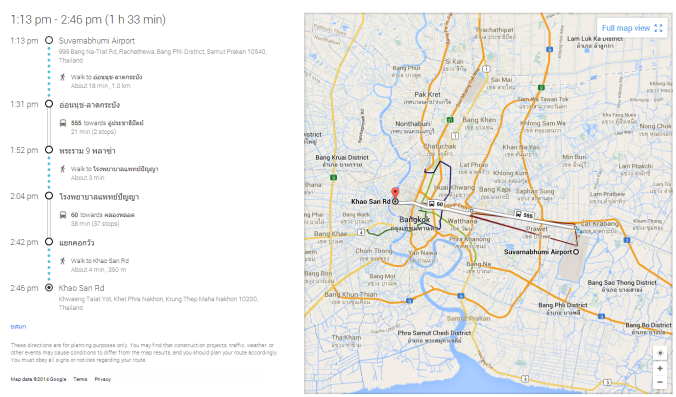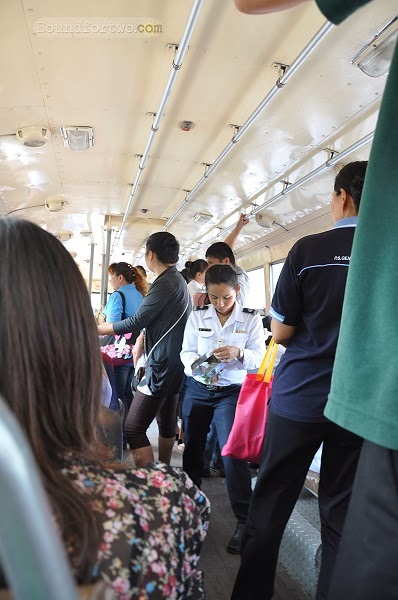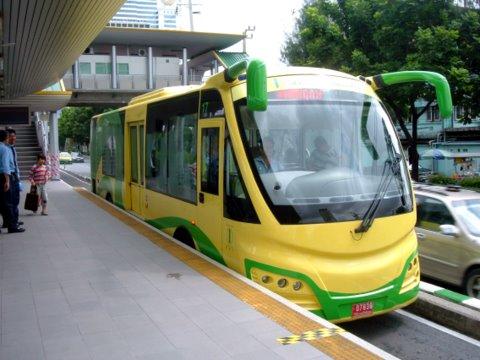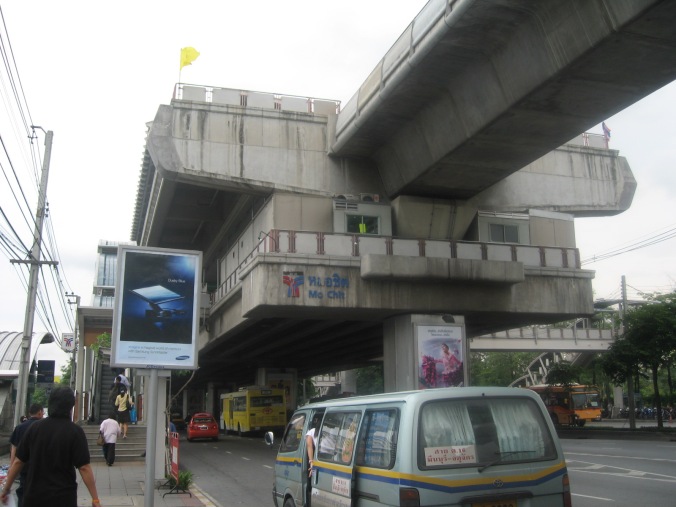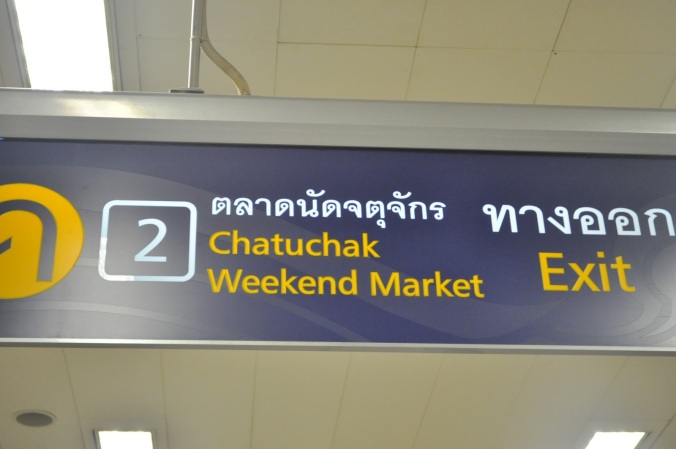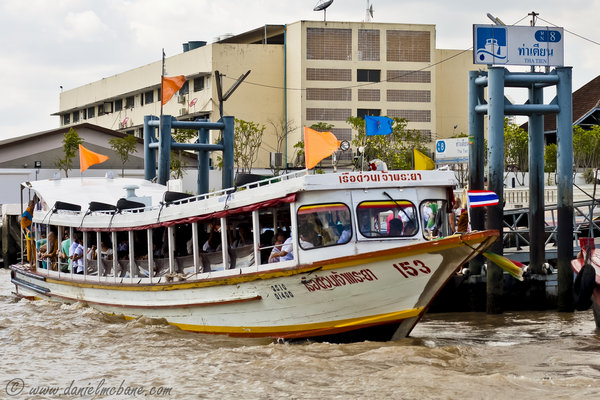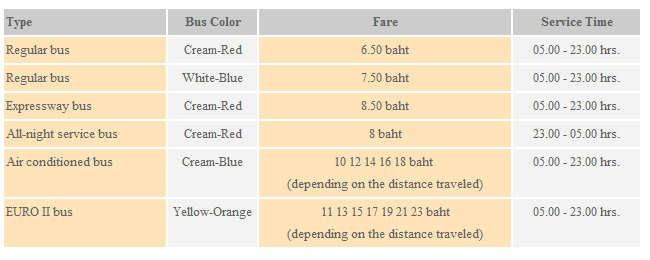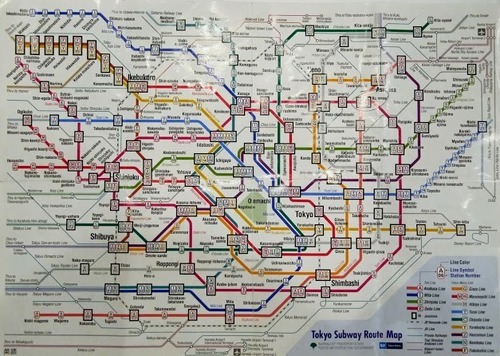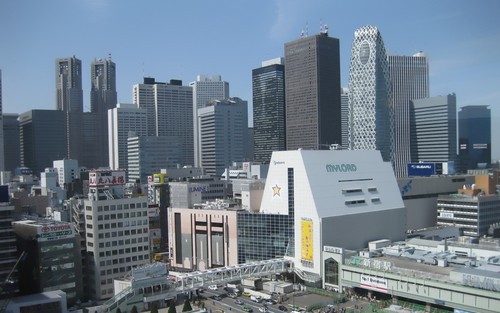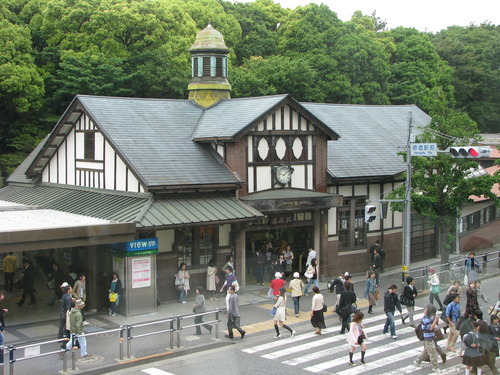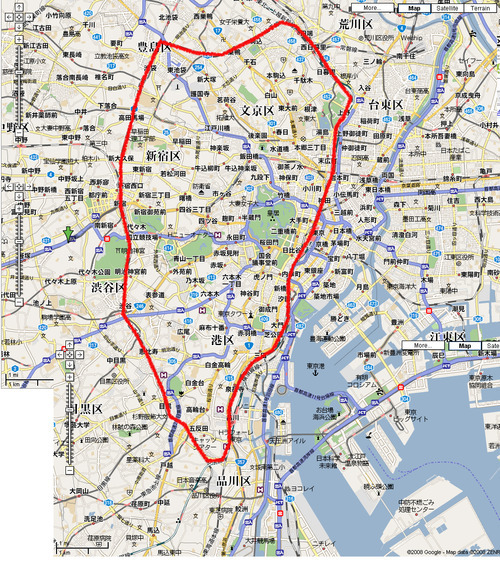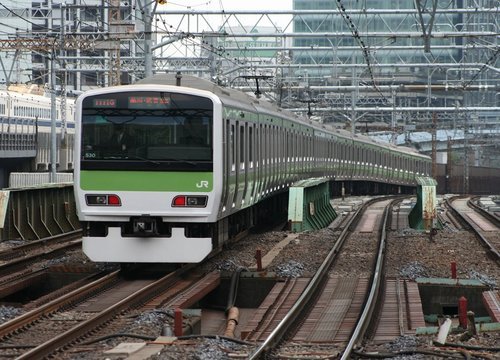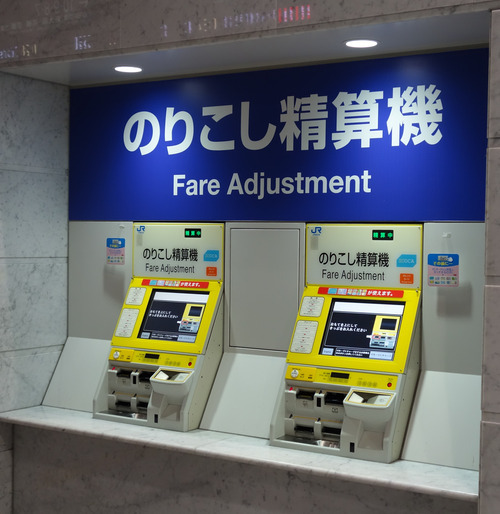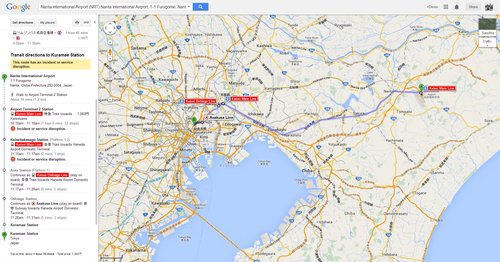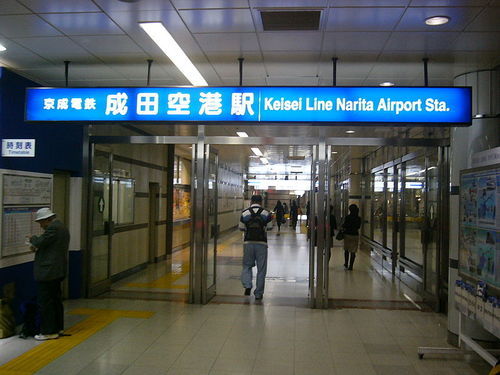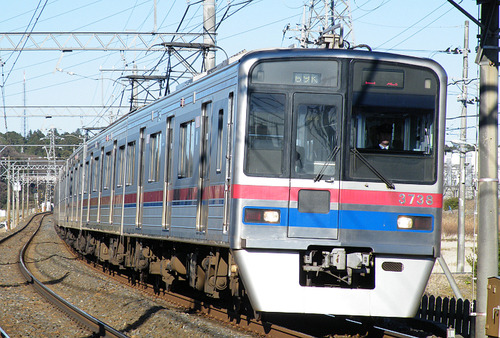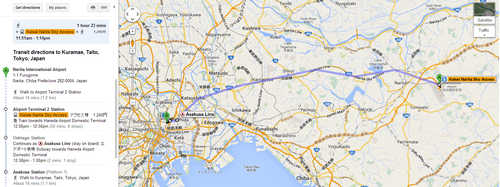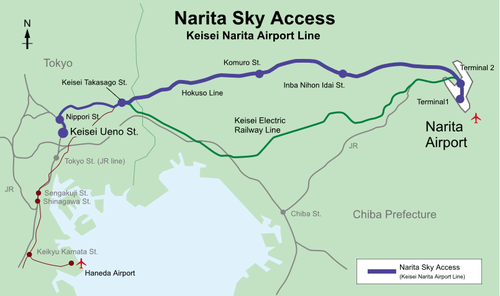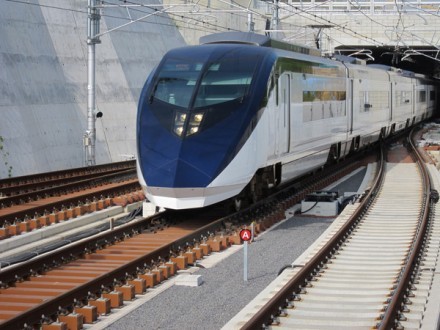Roma, home of the dolce vita and gelato! Rome is home to an urban population of 3.8 million people and is one of the most hectic, beautiful, and historic cities I’ve ever been to. While I didn’t exactly experience la dolce vita, I did get to use some diverse transit options during my visit in April 2014.
TYPES OF TRANSIT
The greater Rome area has four main types of transportation options working in parallel: bus services, an underground metro system, a network of commuter rail lines, and several tram (streetcar) lines. Additionally, Rome’s main airport, Fumicino, has a short automated people mover. Here is a couple shots of the people mover, a traveler’s first experience with transit in Rome:
Rome also has many long-distance bus and rail connections which allow easy connections to other cities throughout the Italian peninsula and Europe.
URBAN RAIL (FERROVIE METROPOLITANE)
Regional and urban rail lines spread out from Rome in all directions; many people use these rail lines to commute to and from the city on a daily basis. It is possible to use the urban (or regional) rail lines to get around within the urban core of Rome, although the trains are not as frequent as bus routes or the metro system. The busiest station is Termini which also has connections to numerous bus routes and both lines of the metro system.
I only used urban/regional rail once to get from FCO airport to Termini, on a train called the Leonardo Express. This train was fairly new with lots of luggage racks to carry your travel bags and convenient electrical sockets. The express train takes 32 minutes; it runs direct from the airport to termini and costs 12 Euro. There is also a local version of this train.
Here is the commuter rail and metro map:
![[Unlocked] mappa ferro.FH11](https://devonintransit.files.wordpress.com/2014/08/rome-metro-railways.jpg?w=676&h=689)

METRO
Rome’s underground metro, first constructed in 1955, is a pretty standard heavy rail system with just two lines operating as of 2014, imaginatively called Linea A (Orange) and Linea B (Blue). A third line, Linea C (Green), is under construction and will be opening at some point in time. Although not technically part of the metro, the Roma-Lido train line is essentially another line. This line uses vehicles that look very similar to the metro cars and operates within the urban area of Rome. The only difference is that it is not underground, and slightly less frequent than the metro.
I used the metro 3 or 4 times during my stay in Rome. I only used Line A as that was the line that the place we were staying at was closest to (Ponte Lungo station).
The stops are announced in Italian and English via the PA system, and the train interiors (on Line A) were reasonably comfortable with great maps and digital displays. One very cool thing, Rome’s metro trains are very long and it’s possible to walk through the entire train, end to end, as all the cars are articulated.
The stations are fairly well laid out, with pretty average, but adequate signage.
Overall I did not find the metro experience to be that great. The trains were always crowded (even in off-peak times) stations are poorly lit and there is graffiti everywhere including the exteriors of the metro cars. Also, the system is too small for a city with the population of Rome! Only 40 km of rapid transit constructed over 60 years?? As a comparison, Vancouver currently has 70 km. Rome’s system is simply not up to par with other major European cities. Having said that, if the Metro turns out to be of use to you then by all means use it, you will not regret it!
BUS
During my stay in Rome, I often found that taking the bus was more convenient than the metro. While the metro was a 10 minute walk from our place via a confusing street network, the closest bus stop was a mere 2 minute walk. The best route for us was the 628 which went directly to downtown Rome via one of the busiest transit points, Piazza Venezia. As we were there on a holiday weekend, we did have to wait for quite a while for buses several times.
Unlike the metro, I found the bus experience to be quite pleasant. Buses were not too crowded, reasonably frequent and quick (despite Rome’s horrific traffic), with new, comfortable vehicles. And where else can you ride a bus under a 2,000 year old Roman aqueduct?
One VERY IMPORTANT thing to note is that you MUST PRE-PAY before getting on, and then validate your ticket when you get on the bus. Roman buses do not accept any form of currency. If you don’t, you risk getting a substantial SPOT-fine.
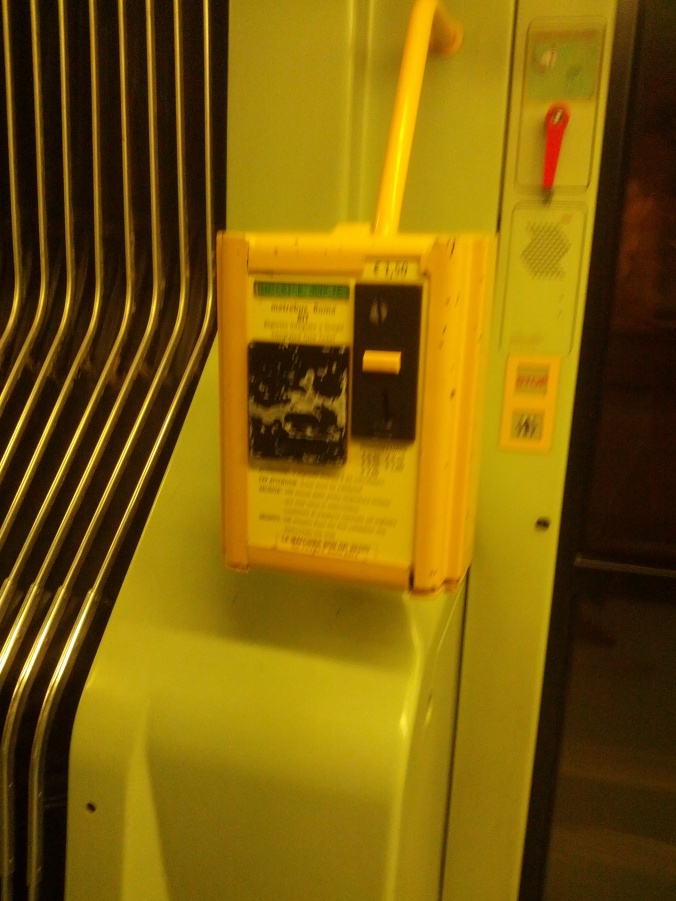
Stops were announced, depending on what kind of bus you got on. For us, that was just one bus out of 4 or 5 trips, so don’t count on it. Usually the buses just displayed the terminus station.
Also, don’t count on a smooth ride either. Roman roads are charming but very bumpy, and Romans drive like they want to die. You may need to hail the bus driver, and buses generally do not pull over to the side of the road. Here is the bus stop sign:
Rome also has pretty cute mini-buses:
TRAM (STREETCAR)
Like many cities, Rome used to have an extensive tram system that has slowly been replaced with diesel buses over the years.
Now Rome has 6 tram lines. I took line 8 from the starting point, Piazza Venezia, across the Tiber River to Trastavere, which is a very cool neighborhood. Although trams have their issues, I always enjoy riding in them. Trams are a very romantic way to experience the city, with the added comfort of knowing that your journey will not be diverted in an unexpected way (such as with a bus). Just don’t expect them to be quick (or reliable). After dark, the frequency of the trams drops considerably.
You should remember to prepay before getting on the tram, despite the fact that there is a ticket vending machine on board, these machines are broken more often than not.
One annoyance is that the tram schedules are NOT integrated with Google maps, unlike the other transit options in Rome.
PAYMENT
As previously mentioned, in Rome you have to prepay before getting into any type of transit vehicle. At each metro station there are ticket vending machines, and often a human vendor if you prefer to talk to a real person.
Buying a ticket can be a little stressful for a few reasons, especially at Termini because:
It is a very busy station, with many people getting tickets.
Italians don’t wait in line, so they will probably just barge in front of you.
The machines are often broken, and although they say they accept bills, that is a lie! They MAY accept 5 Euro notes, but usually just coins.
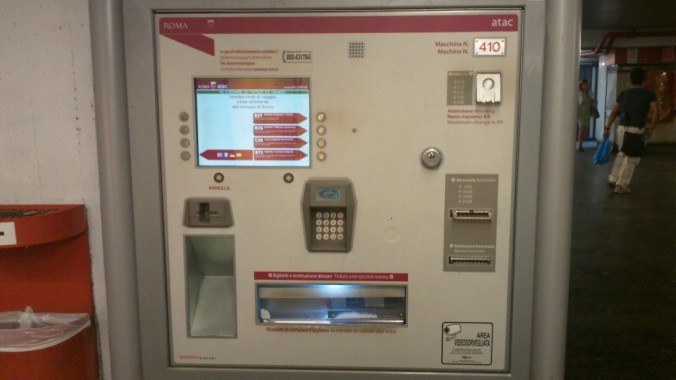
There are gypsies standing next to the machines trying to “help” you (i.e. annoying the f*** out of you) in the hopes of you giving them money? I also suspect they are the ones that damage the machines, as there is a lady there with change.
Once you get a chance, you might as well buy a bunch of tickets, as you can always use them later for the bus, metro, commuter trains, and trams.
Additionally (and this goes for all Italian cities) you can buy tickets at almost any Tabacchi (Tobacco store), which is odd, but there are many in Rome.
Unfortunately, we did not realize that it’s impossible to pay with coins on the bus, which caused a great deal of embarrassment when we got on one for the first time. Luckily there were no ticket checkers, so we got a free ride. Although I fully support prepaying for buses due to the many benefits, as tourists we were basically forced to ride for free. Since it was a holiday all the tobacco stores were closed and there was essentially NO WAY for us to pay for a ticket (if we wanted to take a bus). It would have been nice if there was an option to pay on board.
When you purchase a single ride ticket (1.50 Euro), you have 100 minutes to complete your journey and can transfer as many times as you wish to buses, trams, and some trains but you only get one ride on the metro.
Fleet/equipment 8.0/10
GOOD: Most of the rolling stock (except some regional trains) was new, buses are great, metro line A trains were actually fantastic, diverse fleet of options
BAD: Some buses were pretty beat up, many regional trains have seen better days
Availability 6.7/10
GOOD: Overall decent coverage with the bus network, underground metro and trams,
BAD: Not too much coverage in the old Rome center, relatively low metro frequency, low tram frequency after dark, not enough rapid transit
Wayfinding/Presentation 8.8/10
GOOD: Metro stations and trains have lots of maps, there is linear station charts and some information on trains, metro system is inherently simple, there is English signage in every station
BAD: Bus stops are not announced, not many maps on the buses, no free take-away maps
Civility 5.5/10
GOOD: Underground stations offer some respite from the hot Italian sun, certain stations have nice amenities (Termini especially)
BAD: Gypsies, poor lighting, too much graffiti, most trains and stations were overall pretty grubby and not well maintained
Overall 7.2
Despite my less than stellar reviews, we actually got around just fine in Rome. It was a very busy weekend (Easter holiday weekend) which may have contributed to the busyness of the metro. Rome’s public transit is overall OK. Not great, but certainly better than most cities of its size and population in the United States. Also, with the addition of Line C, Rome’s metro will improve greatly.
The line has been long coming, and has been delayed continuously as construction crews constantly unearth ancient history under the eternal city. Travelers can certainly make use of public transportation in Rome without any hesitation and experience a little bit of life as a modern Roman.


